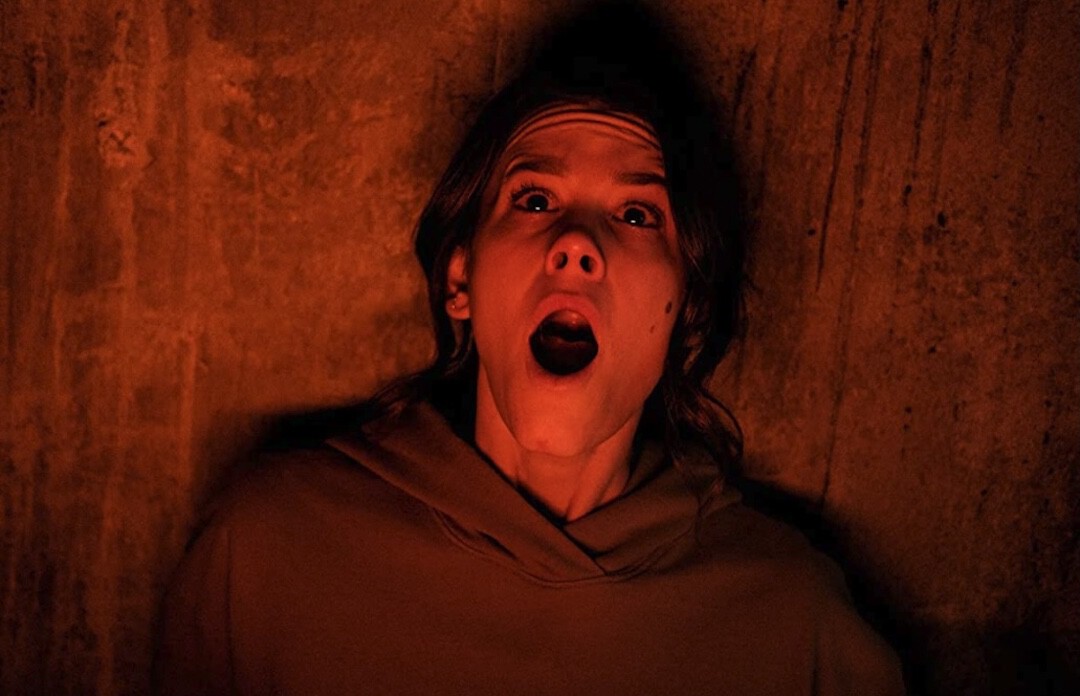
Stephen King himself has praised the ability to put fear into the body of this ‘Smile’ that is now in Spanish cinemas, and it is not difficult to understand: its concept, simple and direct, its smooth metaphorical patina, and its recognizable setting make it an uncomplicated horror bet but with a point of sophistication. ‘Smile’ isn’t going to change the history of the genre, but a horror movie with such memorable direct, simple, and shocking scares hasn’t hit theaters in a while.
Possibly, its secret is that without unnecessarily complicating itself and without entering the fields of more independent and symbolic horror, like that of the films of Ari Aster or Robert Eggers, ‘Smile’ is very aware of what keys it is pressing. In other words, it doesn’t want to be a sophisticated terror for independent festivals, but it goes one step further than a mere carousel of scares on the soundtrack.
‘Smile’ tells how, after witnessing a strange and violent incident that affects a patient, a psychologist begins to experience terrifying visions, which take her away from reality and confront her with known and unknown people displaying disturbing smiles. She will have to face her past and discover what strange curse or contagion is closing in on her.
As you can see, there isn’t much in ‘Smile’ that we haven’t seen before: the idea of a curse/contagion / deadly virus being transmitted between people close to the protagonist has been around since the days of ‘The Ring’ and other movies. of j-horror in its wake. But if there is a recent film that ‘Smile’ unequivocally refers to, it is ‘It Follows’, one of the first productions that kicked off a more independent and reflective recent horror, although drawing on previous successes such as ‘The Invasion of the ultrabodies’.
However, the reference to Japanese horror is not accidental, because the film is also very clearly inspired by another icon of that country: Junji Ito, the mangaka author of milestones in graphic horror such as ‘Uzumaki’ or ‘Tomie’. From him, ‘Smile’ takes a certain way of disturbing with ghostly and surreal images not without humor, such as very specific scares throughout the footage, the very use of the smile as a trigger for fear, or the entire final stretch, overflowing shots that overflow that sensitivity for the macabre and the surreal of the Japanese comic master.
A perfect middle ground
However, ‘Smile’ does not launch into a display of dreamlike and disturbing surrealism like the best works of Junji Ito. Parker Finn’s film, debuting in the feature-length that is inspired by his own short ‘Laura Hasn’t Slept’, is in a curious middle ground between the most mainstream horror, in the style of ghost movies and haunted houses produced by James Wan, like ‘Insidious’, and the aforementioned indie horror movies in the style of the aforementioned ‘It Follows’. In that peculiar intermediate point, he finds a point of his own very interesting style.
Finn shows that he is capable of making a commercial horror film that is not afraid of a certain formal daring, hence the flirtation with the most surreal images or the stupendous incarnation of Sosie Bacon as the protagonist, more dedicated and emotional than usual in commercial horror cinema. Also, the script notes that give clues about the relationship between a traumatic past and a horrible present are a good example that Finn has made a scary movie for multiplexes, yes, but one that has a disturbing and careful background.
‘Smile’ is a safe bet for devotees of horror movies in the witch train format: one scare after another, from the most tricky with editing and sound tricks included to the disturbing side of “dark corner where it seems that there is texture”. Strong emotions and Machiavellian smiles for a film that is not afraid to plunge its head into very dark areas of the collective unconscious.

Sharlene Meriel is an avid gamer with a knack for technology. He has been writing about the latest technologies for the past 5 years. His contribution in technology journalism has been noteworthy. He is also a day trader with interest in the Forex market.






